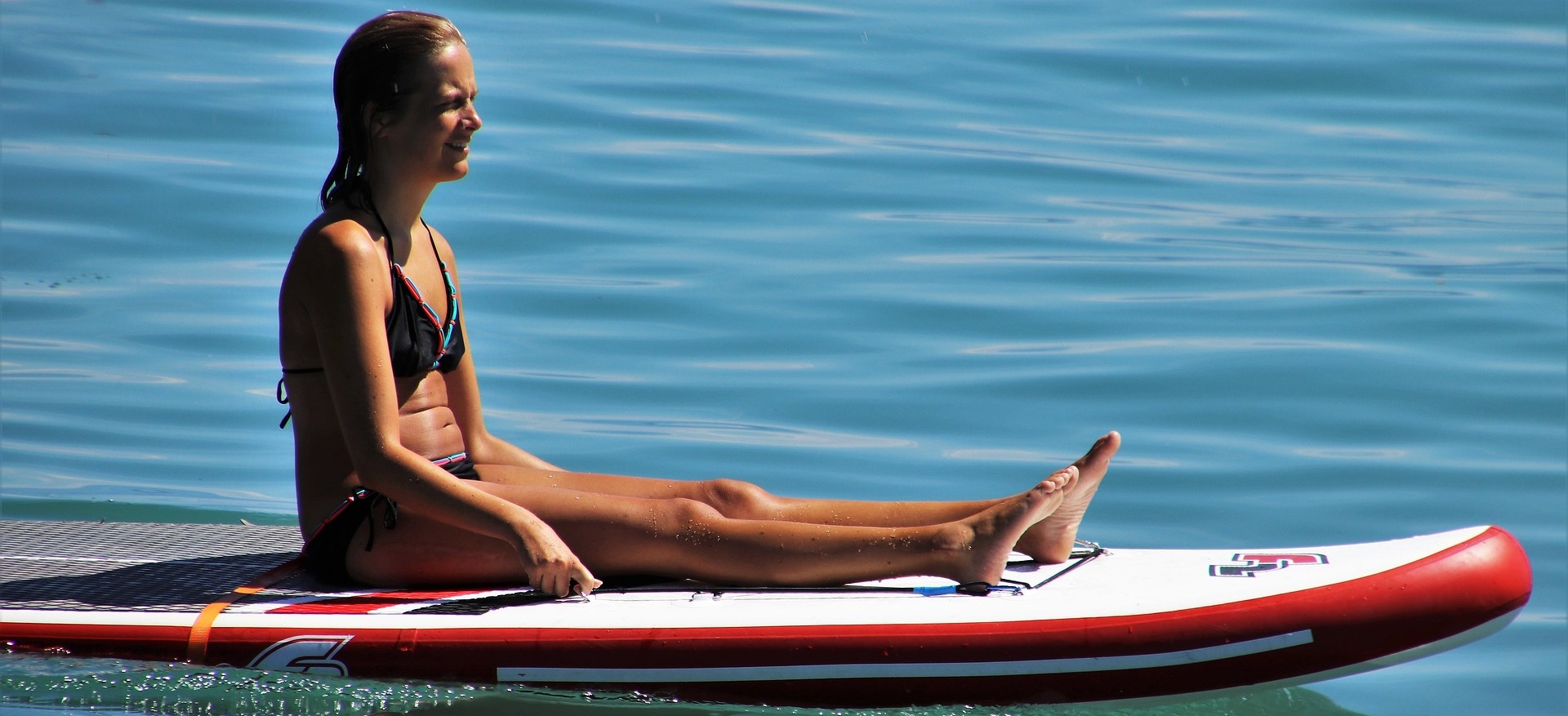In recent years, inflatable paddle boards have gained immense popularity among water sports enthusiasts and outdoor adventurers. These versatile watercraft offer the convenience of portability, easy storage, and suitability for various skill levels. When considering purchasing an inflatable paddle board, one of the most crucial decisions to make is whether to opt for a cheaper or a more expensive model. While cost is a significant factor, there are several key differences between cheap and expensive inflatable paddle boards that can greatly impact your overall experience. In this article, we’ll delve into these differences, helping you make an informed choice that aligns with your preferences and needs.
1. Material Quality and Durability: Perhaps the most prominent distinction between cheap and expensive inflatable paddle boards lies in the quality of materials used for construction. High-end models often employ advanced materials like military-grade PVC, reinforced drop-stitch technology, and double-layered constructions. These materials enhance the board’s durability, making it more resistant to punctures, abrasions, and UV rays. Cheaper options might use less robust materials, resulting in a shorter lifespan and increased vulnerability to wear and tear.
2. Performance and Stability: The design and construction of a paddle board significantly impact its performance on the water. Expensive inflatable paddle boards tend to have well-engineered shapes, fin configurations, and rocker profiles that enhance stability, tracking, and maneuverability. They offer a smoother and more responsive ride, especially in challenging conditions. Cheaper options might lack these refinements, leading to reduced stability and control.
3. Inflation Technology: Higher-priced paddle boards often feature advanced inflation technologies that allow for quicker and easier setup. Some models incorporate specialized pumps or have higher-pressure capabilities, resulting in a stiffer and more rigid board. Cheaper boards might come with basic manual pumps that take longer to inflate the board to the recommended pressure, affecting performance on the water.
4. Accessories and Additional Features: Expensive inflatable paddle boards typically come with a range of high-quality accessories, such as adjustable paddles, comfortable deck pads, premium carrying bags, and repair kits. These accessories can greatly enhance your overall experience and contribute to the longevity of your equipment. Cheaper options might include fewer or lower-quality accessories, which can impact your convenience and enjoyment.
5. Brand Reputation and Warranty: Well-established brands that offer expensive inflatable paddle boards often have a reputation for quality and customer satisfaction. They back their products with comprehensive warranties, providing peace of mind in case of manufacturing defects. Cheaper, lesser-known brands might not offer the same level of customer support or long-term warranty coverage.
6. Weight Capacity and Versatility: Expensive inflatable paddle boards are often designed to accommodate higher weight capacities, making them suitable for various activities, including yoga, fishing, and tandem riding. Cheaper models might have lower weight limits, limiting their versatility and potential uses.
7. Resale Value: Investing in a high-quality inflatable paddle board might have a positive impact on its resale value. Quality boards that have been well-maintained tend to hold their value better over time compared to cheaper options.
8. Overall Longevity: When considering the cost difference between cheap and expensive inflatable paddle boards, it’s important to factor in the potential longevity of the equipment. Higher-priced boards, due to their superior materials and construction, are more likely to provide you with years of reliable performance, ultimately offering better value for your investment.
In conclusion, the difference between cheap and expensive inflatable paddle boards extends beyond the price tag. Factors such as material quality, performance, accessories, and brand reputation all play a significant role in shaping your paddling experience. While cheaper options may be tempting for budget-conscious buyers, investing in a higher-quality paddle board can lead to enhanced durability, better performance, and greater overall satisfaction. It’s advisable to assess your specific needs, preferences, and budget before making a decision, ultimately choosing the board that aligns with your water adventures and long-term goals.

